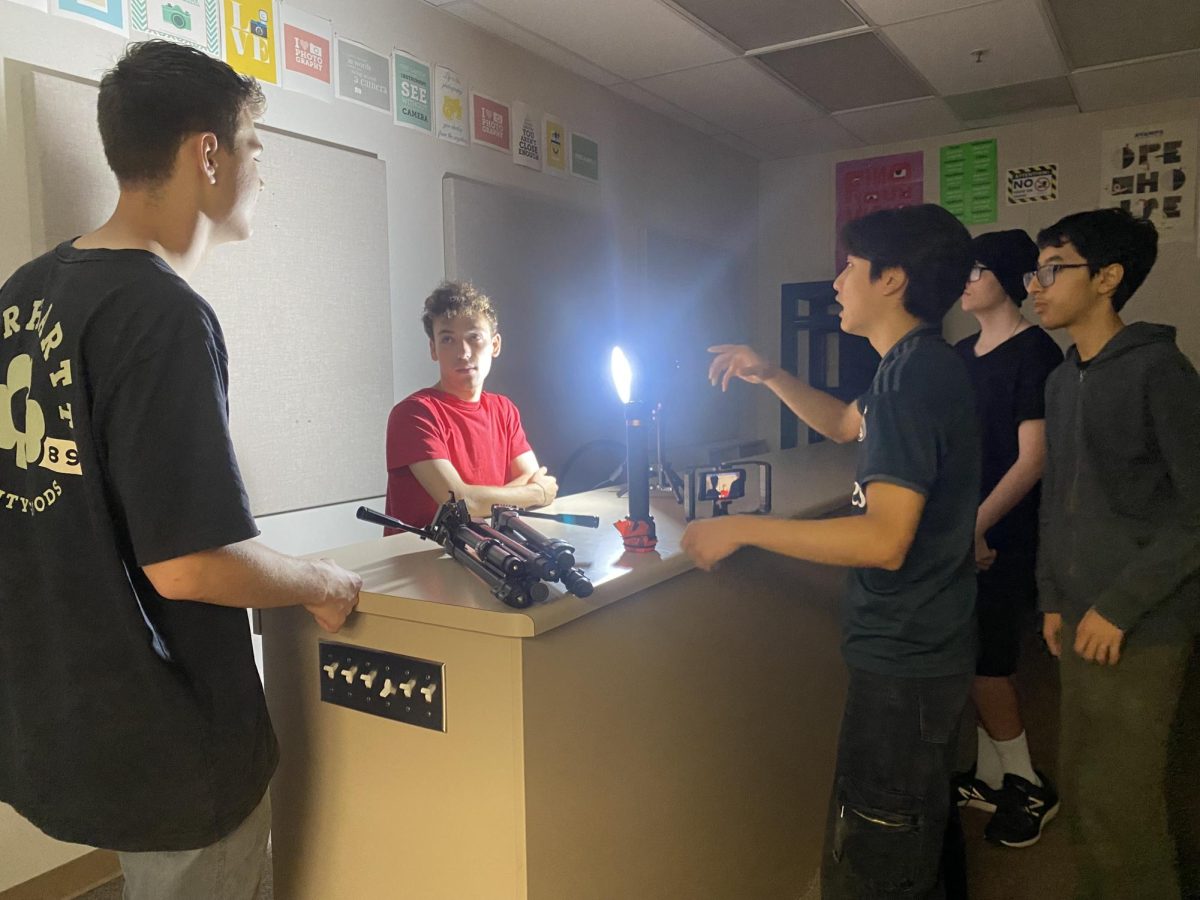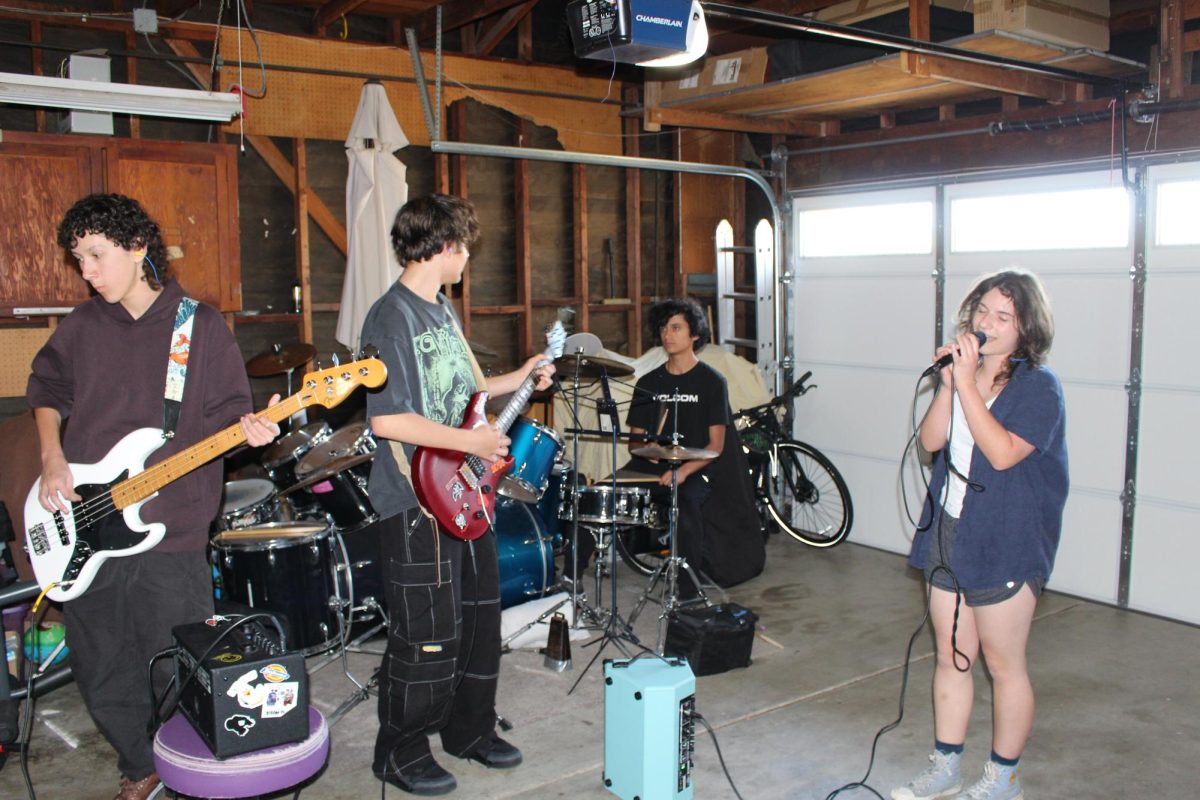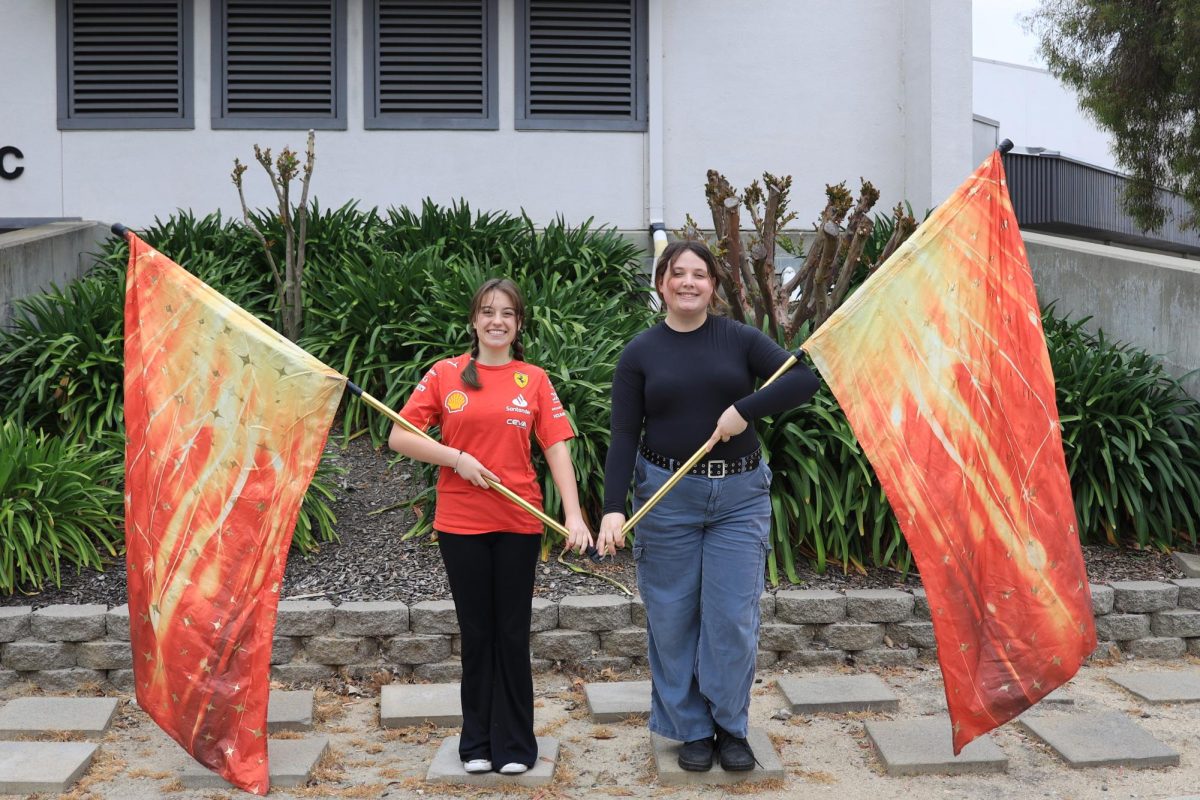by Jacob Hirsohn, staff writer
The Motion Picture Association of America, the organization which assigns ratings to U.S. films, probably thought there would never be a documentary that brought more controversy their way than Kirby Dick’s “This Film is Not Yet Rated,” the 2006 documentary which revealed the suspicious actions of the MPAA.
But the moment they assigned an R rating to documentary, “Bully,” they proved themselves wrong.
“Bully” documents the impact bullying has had on schools across America, focusing on one child who was driven to suicide by bullying.
This movie was sure to draw plenty of attention in the first place, as it started a large anti-bullying movement before even being released. Things changed when the MPAA announced the ruling, they were giving “Bully” an R-rating.
A documentary capturing the actions of 13-year olds is not appropriate for 13-year olds, according to the blunder-free, masters of logic at the MPAA.
On March 23, box-office phenomenon “The Hunger Games” was released with a PG-13 rating. In “The Hunger Games,” fictional teenagers murder each other for sport.
How is this story appropriate for teenagers, but the true story of “Bully” is not?
I’m not saying “The Hunger Games” should be rated R. I’ve seen it, and it is very tame, to a fault even. I don’t understand how a story that, in a way, appropriates violence among children is acceptable for viewing, but a documentation of real events, between real children, that holds an important and potent message isn’t appropriate because of a few swear words.
The MPAA’s fatal flaw has always been their tendency to overlook brutal violence, but slap an R or NC-17 rating on a film, just because of sex or vulgar language.
Take two of the best films of 2011: R-rated “Drive” and NC-17 rated “Shame.” “Drive” is an uber-violent thriller, which features Ryan Gosling stomping someone’s head to bits, and Christina Hendricks getting her head blown off. It’s awesome, but brutal. “Shame” is an hour and 40 minutes long, and Michael Fassbender is having sex for most of it.
It’s done in an artistic and meaningful way, but it’s a lot. In the eyes of the MPAA, the actions depicted in “Shame” are unforgivable. It’s simply illogical. But it’s becoming clear that the movie industry isn’t letting the MPAA get away with it this time.
The Weinstein Company will release the film unrated, leaving it up to theater owners on whether or not they will play it, and who they will admit. AMC theaters announced that they will screen the film, and treat it as though it is PG-13.
Right now, the fate and reputation of the MPAA is directly intertwined with that of “Bully.” There is a chance that parents will take their kids to the movie, and be revolted and offended, and the MPAA will be praised.
But it’s all too likely that the movie will be met with cheers, and it will be a huge success.
And in the MPAA’s worst nightmares, “Bully” wins Best Picture at the 2013 Academy Awards, and the rating system is abolished forever. It’s certainly not likely, but it would be fun, right?




